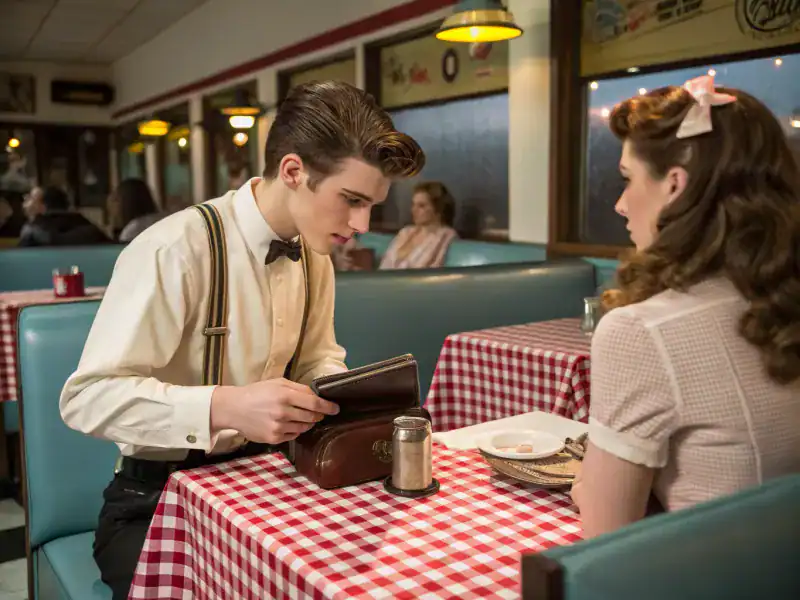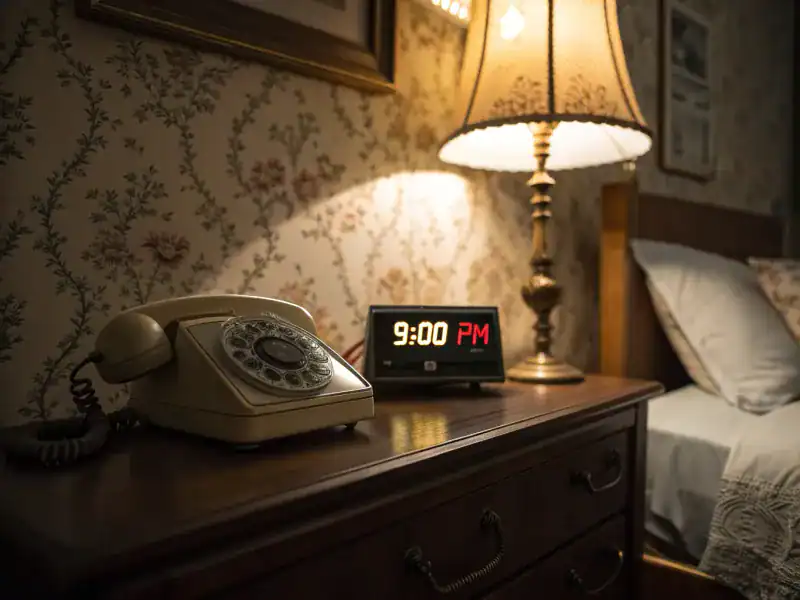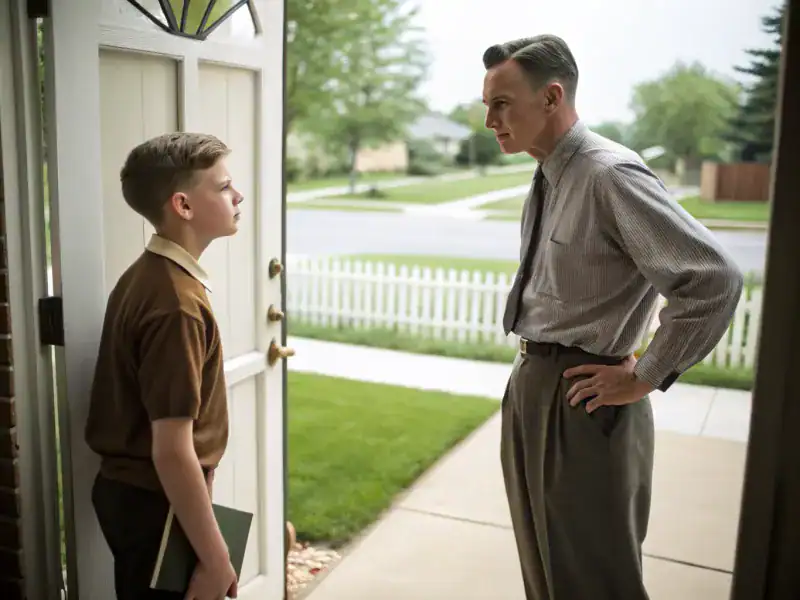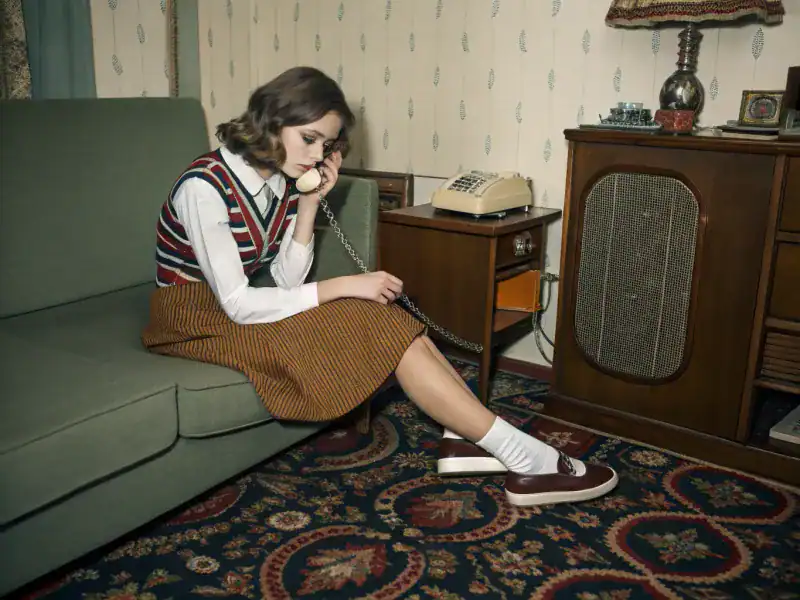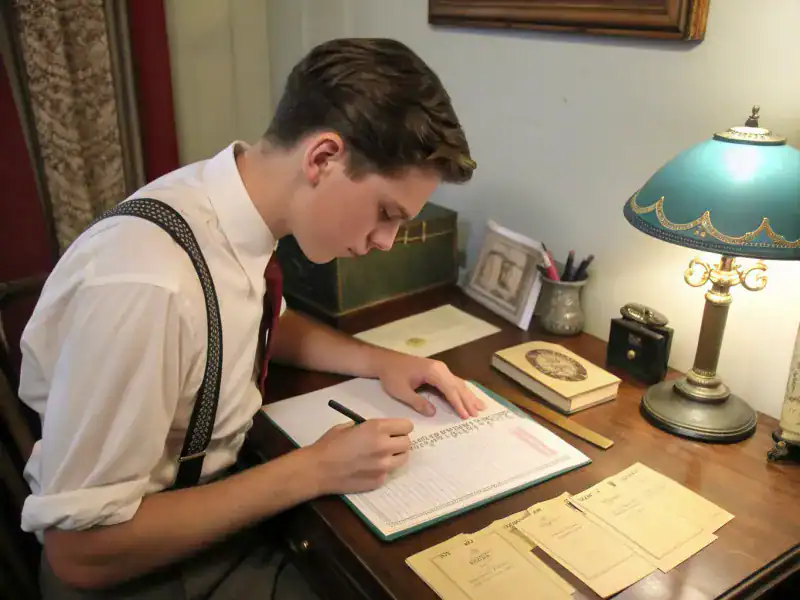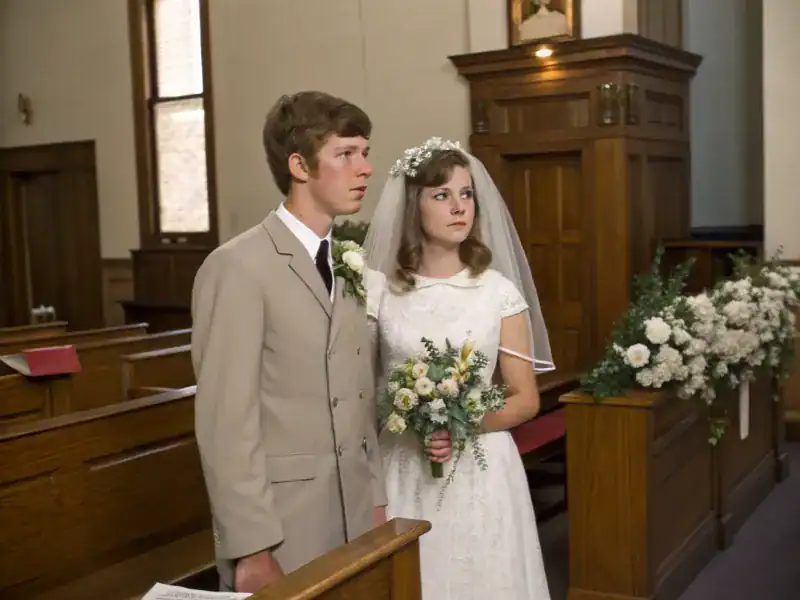Dating has changed a lot over the years. What seemed normal and polite in the 1950s and 1960s would seem strange or even unfair today.
Back then, strict rules controlled how young people could spend time together, what they could wear, and who they could date.
Let’s explore some of these old-fashioned dating rules that simply wouldn’t work in our modern world.
No Public Displays of Affection Allowed
Holding hands in public? Scandalous! Kissing on the street? Absolutely unthinkable! During the 1960s, couples had to keep their affection completely private or risk social judgment. Even innocent gestures like linking arms could raise eyebrows from disapproving onlookers.
This rule made dating feel stiff and unnatural. Couples couldn’t express their feelings freely when they were out together. They had to wait until they were completely alone to show any warmth toward each other.
Modern society generally accepts reasonable displays of affection in public spaces. Couples can hold hands, hug, or share a quick kiss without worrying about causing a scandal.
Men Paid for Everything Always
Opening your wallet was exclusively a man’s job during vintage dating years. Men were expected to cover every expense from dinner to movie tickets to gas money. Women weren’t supposed to even reach for their purses or offer to contribute.
This rule reinforced outdated gender roles that suggested men were providers and women were dependents. It also put financial pressure on young men who might not have had much money. Some guys avoided dating simply because they couldn’t afford it.
Modern couples often split bills, take turns paying, or contribute based on their individual financial situations. This approach feels fairer and more respectful of everyone’s economic reality.
Dating Forbidden Until Sweet Sixteen
Turning sixteen was like getting a dating license in the 1950s. Before that magic birthday, romantic relationships were completely off-limits. Younger teens could only socialize in supervised group settings with multiple friends present.
Parents enforced this age rule strictly, regardless of maturity level or individual readiness. A responsible fifteen-year-old had the same restrictions as an immature one. The calendar date mattered more than actual emotional development or good judgment.
Today’s approach recognizes that readiness for dating varies by individual. Some families still set age guidelines, but they’re usually more flexible and based on the specific teen’s maturity rather than a universal birthday cutoff.
Formal Dress Codes Required Everywhere
Jeans and sneakers on a date? Never! Vintage dating demanded formal attire for every outing. Men wore suits, ties, and polished shoes even for casual activities. Women squeezed into dresses, stockings, and uncomfortable heels regardless of what they were actually doing.
Going to a drive-in movie required the same outfit as attending a fancy restaurant. This expectation made dating expensive and exhausting. People couldn’t relax or be comfortable because they were too busy maintaining appearances.
Modern dating celebrates authenticity over formality. Couples can dress appropriately for their actual activity, whether that means hiking boots for a trail or comfy clothes for coffee.
No Phone Calls After Nine PM
Calling someone after 9 p.m. was considered rude and intrusive back in the day. Families shared one phone line, and evening calls disrupted household routines. Young people had to squeeze all their conversations into limited daytime and early evening hours.
This rule made communication frustratingly restrictive. If you thought of something important at 9:30, too bad—it would have to wait until tomorrow. Long-distance relationships faced even bigger challenges without flexible communication options.
Cell phones and texting have completely demolished this rule. People now communicate whenever it suits them, though considerate partners still respect each other’s sleep schedules and personal boundaries around late-night contact.
Parental Approval Came First
Before going anywhere together, your date had to pass parental inspection. Fathers interviewed potential suitors like they were hiring employees. They asked about intentions, family background, and future plans. One wrong answer could end a relationship before it started.
Young women especially needed explicit permission from their parents to date someone. Some families even conducted background checks through community networks. Parents held veto power over their children’s romantic choices regardless of actual compatibility or feelings involved.
While modern parents still care about who their kids date, young adults have much more autonomy in choosing partners based on their own preferences and values.
Going Steady Meant Wearing His Ring
When a couple decided to be exclusive in the 1950s, the boy gave the girl his class ring to wear around her neck on a chain. This visible symbol announced to everyone that she was taken and off-limits. Without the ring, the relationship didn’t seem official or serious.
The ring-wearing tradition put pressure on relationships to become serious quickly. It also created a possessive dynamic where the ring symbolized ownership rather than mutual commitment. Girls who broke up had to return the ring in a ceremonial exchange that everyone noticed.
Modern couples define their relationships through conversations and mutual understanding rather than symbolic jewelry exchanges that announce their status to the world.
Women Never Called Men First
Girls could stare at the phone all day, but they absolutely could not pick it up to call a boy. Making the first phone call was a guy’s responsibility. Women who broke this rule were labeled as desperate or pushy.
This created an exhausting game where women had to wait by the phone hoping it would ring. They couldn’t follow up after a date, confirm plans, or simply reach out to say hello. All communication control belonged to men, leaving women in a constant state of uncertainty.
Today’s communication is thankfully two-way. Anyone can text, call, or message first without facing judgment. Relationships benefit from equal participation in keeping the connection alive.
Dates Required Elaborate Planning Weeks Ahead
Spontaneity didn’t exist in vintage dating culture. Every date required advance planning, formal invitations, and coordinated schedules. Guys had to ask girls out at least a week in advance for weekend dates. Last-minute invitations were considered disrespectful and showed poor planning skills.
This rigid scheduling made dating feel more like business meetings than fun social activities. Couples couldn’t decide to grab ice cream on a sunny afternoon or catch a movie on impulse. Everything needed structure, formality, and advance notice.
Modern dating embraces both planned outings and spontaneous adventures. Couples can be flexible and make decisions based on mood, weather, and opportunity rather than following strict scheduling protocols.
Marriage Was the Only Acceptable Endpoint
Every relationship was viewed as a potential marriage audition. Dating for fun, personal growth, or companionship wasn’t really acceptable. People were expected to date seriously with marriage as the ultimate goal, often by their early twenties.
This pressure pushed many couples into premature marriages before they truly knew themselves or each other. Breaking up was seen as failure rather than a normal part of finding the right match. Young people married to meet social expectations instead of genuine readiness.
Modern dating recognizes that relationships can have value even if they don’t end in marriage. People date to learn about themselves, enjoy companionship, and find compatible partners without rushing toward the altar before they’re truly ready.
Lover of good music, reading, astrology and making memories with friends and spreading positive vibes! 🎶✨I aim to inspire others to find meaning and purpose through a deeper understanding of the universe’s energies.



